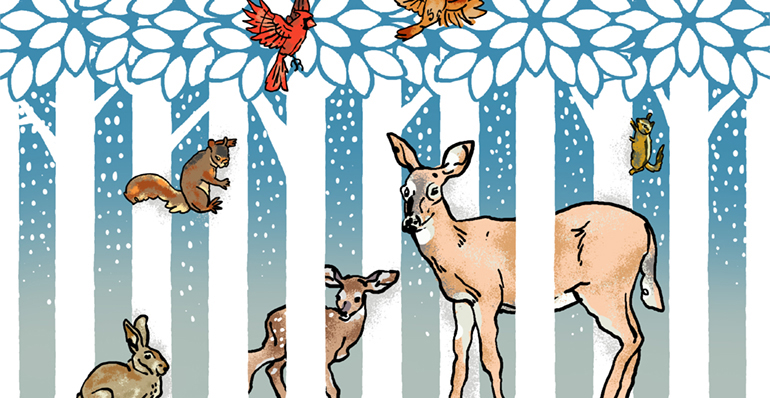Why is London the Forest City?

Welcome to the Forest City.
London received the nickname from the British government poking fun at Governor John Simcoe, who in 1826 envisioned London becoming the Upper Canada capital. However, at the time, London was a tiny village full of trees. Today, it is one of the fastest growing cities in the country.
In 1901, Sir John Carling, who was the area’s MP at the time, said that three major events took place that made London the city it is today: the location of the court and administration in 1826, the arrival of military garrison in 1838, and the arrival of a railway in 1853.
On January 1, 1855, London was incorporated as a city with 10,000 residents. In 1875, London built the Blackfriars Street Bridge, its first bridge. It replaced a few flood-failed wooden structures that had provided London’s only northern road crossing of the river.
London was considered a military centre during World Wars I and II, serving as an administrative centre for the Western Ontario district. In 1905, the London Armoury was built to house the First Hussars (a primary reserve regiment). It is now a hotel called the London Armouries by Delta Hotels.
London began amalgamating area communities in 1961, including Byron and Masonville. This added 60,000 more people while doubling its area. Then suburban growth grew in all the directions, creating subdivisions like Westmount, Oakridge, Whitehills, Pond Mills, White Oaks and Stoneybrook.
The City of London is the 11th largest urban area in Canada, 11th largest census metropolitan area in Canada, and is the sixth largest city in Ontario. London has turned itself into the regional centre for education and healthcare, with Western University, Fanshawe College, and multiple hospitals in its boundaries.
The city also hosts many festivals during the summer like Sunfest, Rock the Park, London Ribfest, Western Fair and many more. The London Ribfest is the second largest barbecue rib festival in North America. Sunfest is also the second largest world music festival in Canada, behind Toronto’s Caribana festival.
London is also a winning sports town. Its local hockey team, the London Knights, have earned 11 Midwest Division titles, six Western Conference titles, four Ontario Hockey League championships, and two Memorial Cup Canadian Hockey League championships. Its local basketball team, the London Lightning, have won the most national basketball league Canada championships, with four. And, let’s not forget Western University’s Mustangs football team, which has won seven national champions.
Finally, London maintains its namesake for currently housing approximately seven million trees within its perimeter — that’s four million more than in Toronto. Of those trees, there are 120 various species for citizens to enjoy as they traverse the city’s many vast parks and hiking trails.
For all its rich history and culture, the story of London is still being written. Happy exploring!

